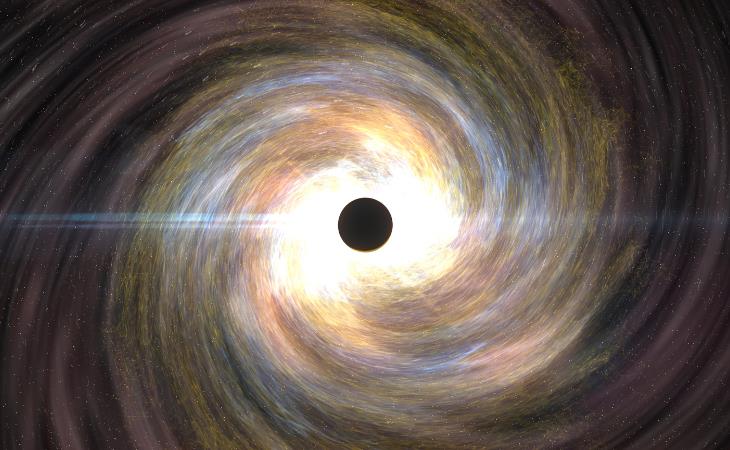
Black holes are some of the most mysterious and fascinating objects in the universe. They’re like cosmic vacuum cleaners, pulling in everything around them, even light! While they may seem like science fiction, black holes are very real, and the more we learn about them, the stranger they get.
These cosmic monsters have captivated scientists and science fiction fans alike, and for good reason. With their mind-bending gravity and eerie silence, black holes are the ultimate enigma. If you’re curious about what makes black holes so weird, here are eight fascinating facts that will leave you in awe of these cosmic giants.
Related: Science Lesson: 10 Fiery Facts About the Sun You Must Know
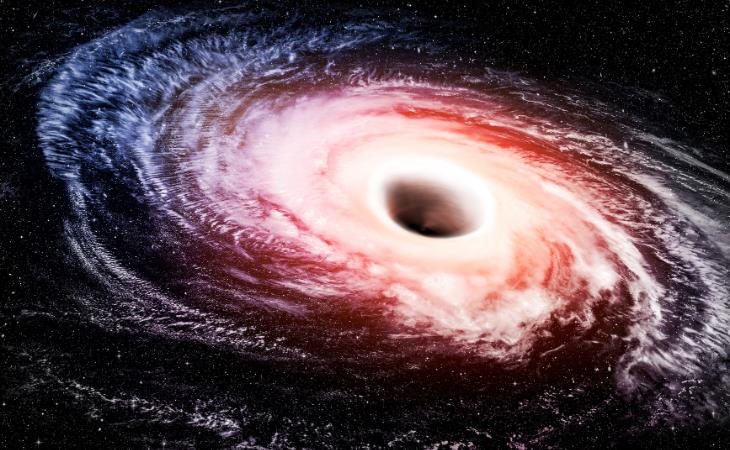
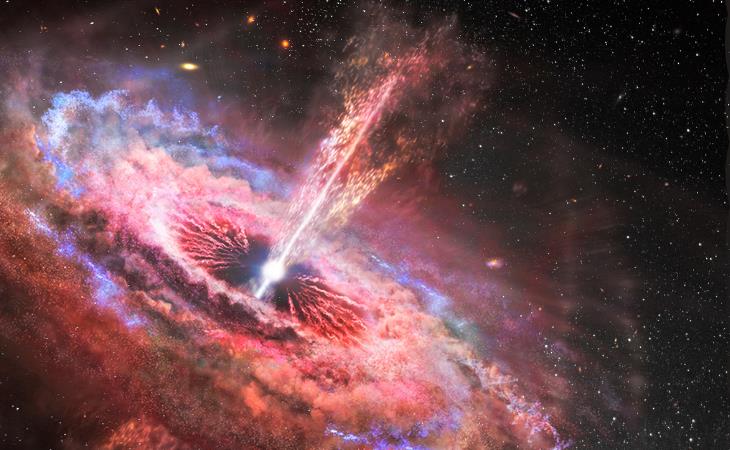
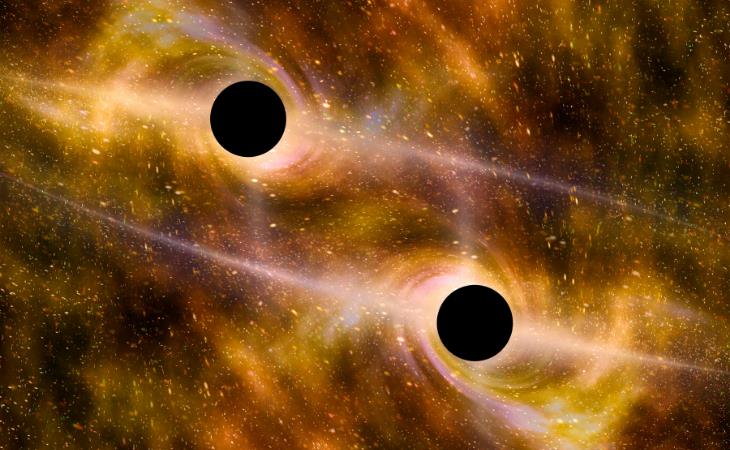
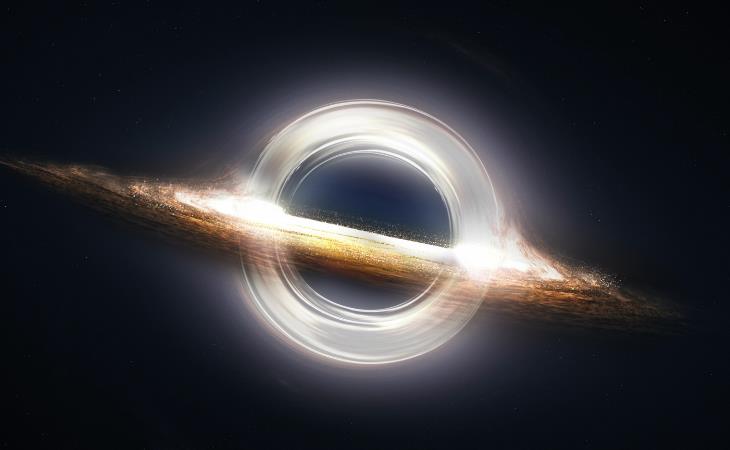
Black holes are often thought of as stationary objects, but they can actually move at incredibly high speeds. In some cases, black holes can reach speeds of up to 5 million kilometers per hour (3.1 million miles per hour), making them some of the fastest-moving objects in the universe.
Some black holes even spin at nearly the speed of light! These spinning black holes, called Kerr black holes, drag spacetime along with them in a phenomenon known as frame-dragging. This swirling spacetime can create powerful jets of energy and particles that are ejected from the black hole's poles, making them some of the most luminous objects in the universe.
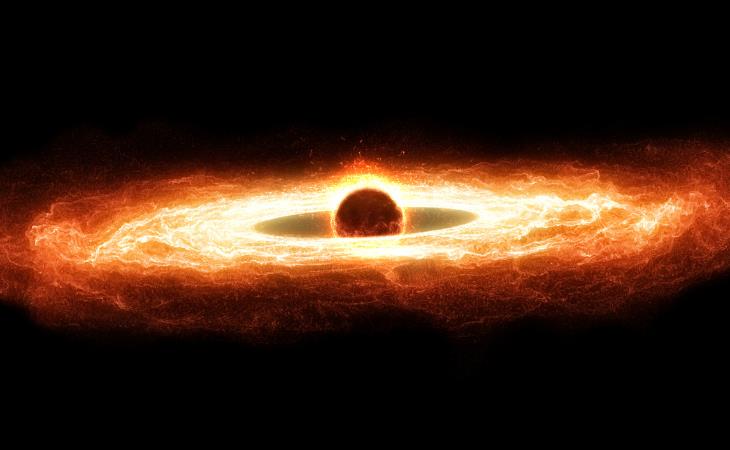
When two black holes get close enough, their immense gravitational forces pull them together, causing them to merge. This collision releases an enormous amount of energy in the form of gravitational waves, which ripple through space-time and can be detected here on Earth. The merged black hole is larger and even more powerful. These mergers are some of the most violent events in the universe, and detecting the resulting gravitational waves has helped scientists learn more about these mysterious objects.
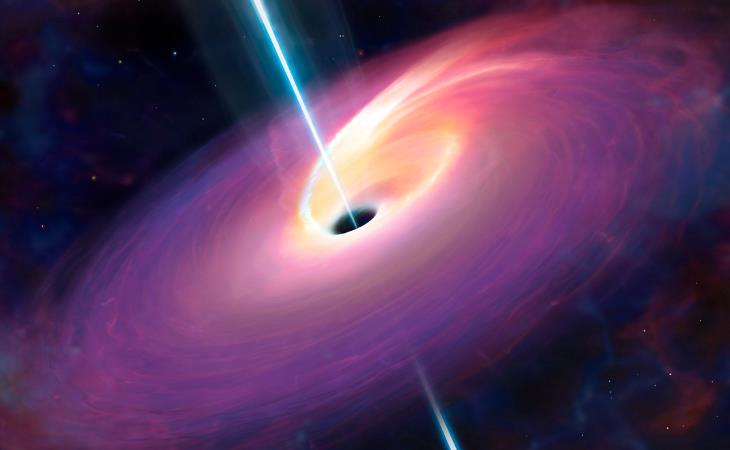
Almost every large galaxy, including our Milky Way, harbors a supermassive black hole at its center. These black holes can have masses equivalent to millions or even billions of suns! Their immense gravitational pull shapes the orbits of stars and gas in the vicinity, influencing the galaxy’s dynamics. While the exact mechanism behind their formation is still debated, it’s believed they grew over time by consuming surrounding matter and merging with other black holes.
Our Milky Way's supermassive black hole is called Sagittarius A*. It has a mass equivalent to about 4 million suns. While it's currently relatively quiet, it has likely undergone periods of intense activity in the past, devouring stars and gas and shaping the galaxy's evolution.
Related: These Details About Outer Space Are Captivating & Shocking
